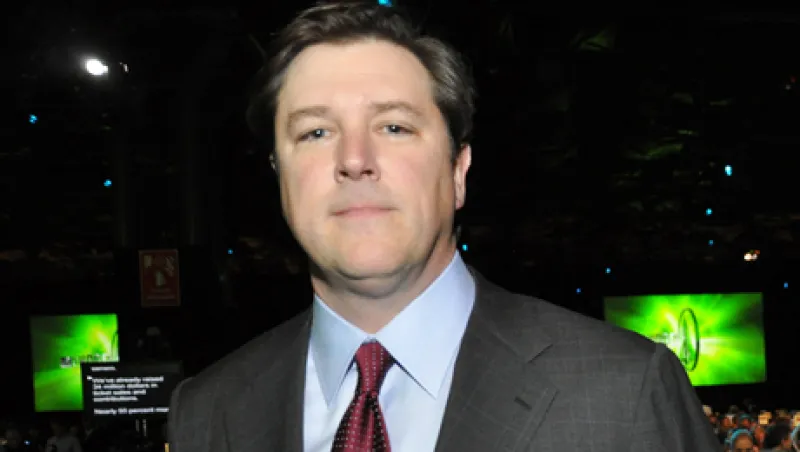Several of the worst performing hedge funds last year were among the best performers during the market’s rapid rise in the first four months of this year.
They include Mark Kingdon’s M. Kingdon Offshore, which was up 9.81 percent through May 4 after losing 18 percent last year, and Lee Ainslie’s Maverick Fund, which was up more than 13 percent through the first quarter as well as through the end of April after losing nearly 15 percent last year.
Does this mean these funds are closely correlated to the overall market? Not at all.
In the case of Maverick, at least, Ainslie stresses in his first quarter letter to investors that the data show his funds were decidedly uncorrelated.
For one thing, Ainslie points out that the fund’s R-squared compared to the S&P 500 — a measurement that tries to show how much the fund’s movements can be explained by the index itself — was lower in the first quarter than it has been historically. This is not surprising, according to Ainslie, given that the fund’s net exposure and gross exposure were lower than their historic averages.
Ainslie goes on to compare how the fund fared on down days for the overall market. He points out in the report that Maverick made money when the market suffered losses on both a cumulative basis and on the majority of days the stock market declined. “So while our results for the quarter appear similar to the results of the equity markets on the surface, the outperformance of our longs and the spread between the performance of our long and short investments were primary drivers of Maverick’s returns,” he adds.
Ainslie also points out that the fund’s overall volatility is down from historical levels. Of course, part of this decline is attributed to the market’s general decline in volatility.
However, he uses this discussion as an opportunity to tout his recently introduced MavRank to explain the big drop in volatility. He notes that the first quarter was the first full three-month period for which this system impacted position size, and lo and behold, the fund produced its best quarterly Sharpe Ratio in its history. This metric shows how much risk is taken to produce return.
As we pointed out two months ago in a review of Maverick’s year-end report, MavRank is sort of a hybrid black box/fundamental system, drawing on common quant inputs but driven by the decisions made by real human beings.
It contains key data reflecting the firm’s analysis of every long and short investment, and links financial statements of each investment. Ainslie stressed this system is not designed for a computer to pick stocks or eliminate positions.
In any case, Ainslie tells clients he maintained a low exposure to the market at the end of the first quarter for three main reasons. For one thing, stocks had already surged by 26 percent since their October 2011 lows. He was also worried about the types of macro concerns that, as it turns out, have resurfaced in the past week or two.
“Lastly, we believe that we should be able to achieve our objectives while taking less beta risk given the tremendous relative attractiveness of our long and short investments,” he adds.
It will be interesting to see how this plays out, especially during the sudden spike in volatility in the global markets stemming from the Greek and European debt crisis.







